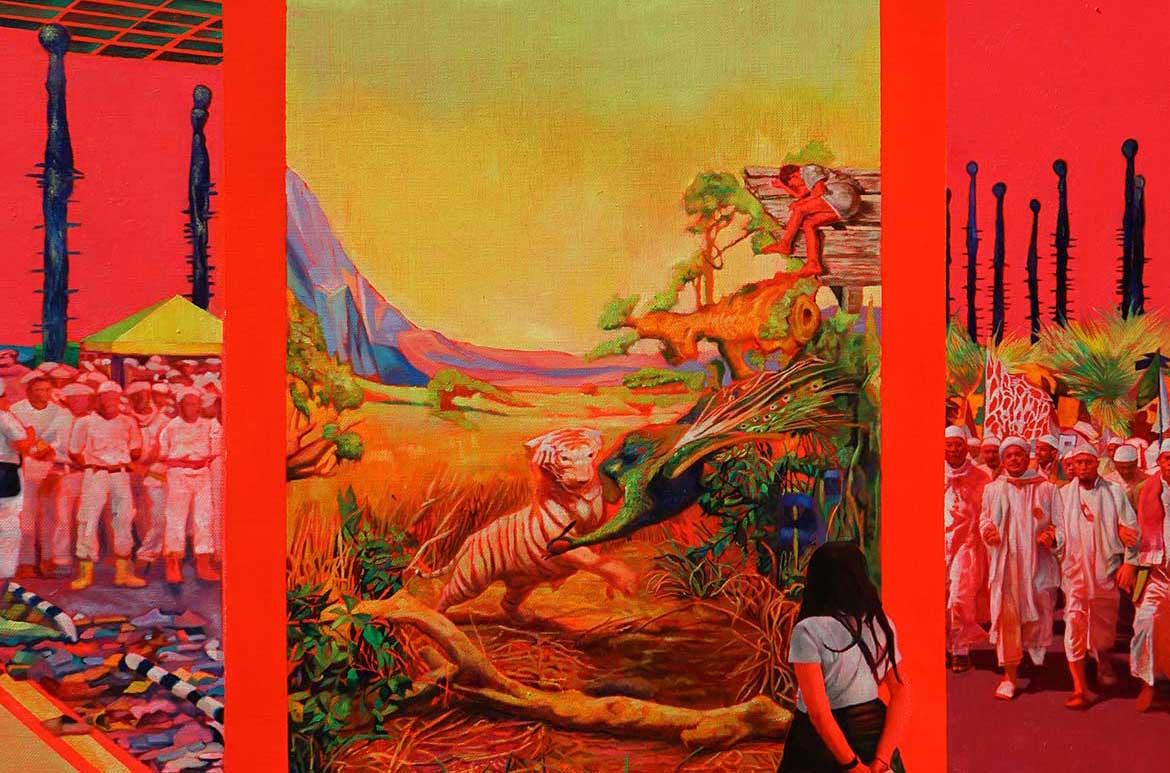While the APT has evolved significantly over its now 25 years, ‘The 9th Asia Pacific Triennial of Contemporary Art’ shares many of the ambitions and ideals that so keenly influenced the first, back in September 1993. Then, as now, there was no thematic rubric. However, like the first, APT9 was built on curatorial travel and research in the field; through experiences and conversations had in studios, homes and local restaurants in global Asian cities and distant Pacific island archipelagos. What determines the character of the APT is its remarkable network of personal and professional connections. Past and present APT artists, curators, writers and untold others hand us along to otherwise unknown agents of the next – that is what keeps this exhibition series so alive.
In 1993, the Queensland Art Gallery became the first major art institution to commit itself to a triennial that would address the contemporary art of Australia, Asia and the Pacific, for at least three successive iterations. Its artworks, installations and performances — the work of 76 artists selected by a national committee from 12 countries and Hong Kong — struck a chord locally, which quickly reverberated around the region.
In many of those countries, there was little in the way of a contemporary art ecology and even less biennial or triennial exhibitions – with Gwangju established in 1995, Busan in 1998 and Fukuoka in 1999. For all their intrepidness, those early APTs needed to skillfully negotiate a range of cross-cultural issues then relatively untilled by Australia’s major art institutions, let alone major institutions elsewhere in the world. As the distinguished Thai art historian, Dr Apinan Poshyananda noted, trenchantly at the time, Asian contemporary art was not ‘invented on the banks of the Brisbane River’. There was never a want of critical tension! There were always bound to be issues around trust and integrity, familiarity and consistency, expertise and network building. Indeed, without that formative tension, the APT would not be what it is today.
Dadang Christanto’s performance For Those Who Have Been Killed from APT1
It soon became evident that an ostensibly ‘open’ platform for art and ideas – which was axiomatic to that first Triennial – could flourish despite the extraordinarily diverse range of cultural and community stakeholders. Among them, was the need to balance the strictures of the academy, in countries such as China, which had an established art pedagogy, with the demands of the next generation, who wanted to slip from its grasp. That said, what distinguished the APT’s tenor and tone from the much less crowded field of biennial and triennial exhibitions then was: its commitment to contemporary practice from our region, including commissioning and collection-building; the equivalence with which it valued and staged contemporary and customary work; a new contemporaneity; its pioneering collaborations with artist-led projects to engage with children; and, not least its depth of regular field-based research built on an expanded network of national and regional in-country collaborators.
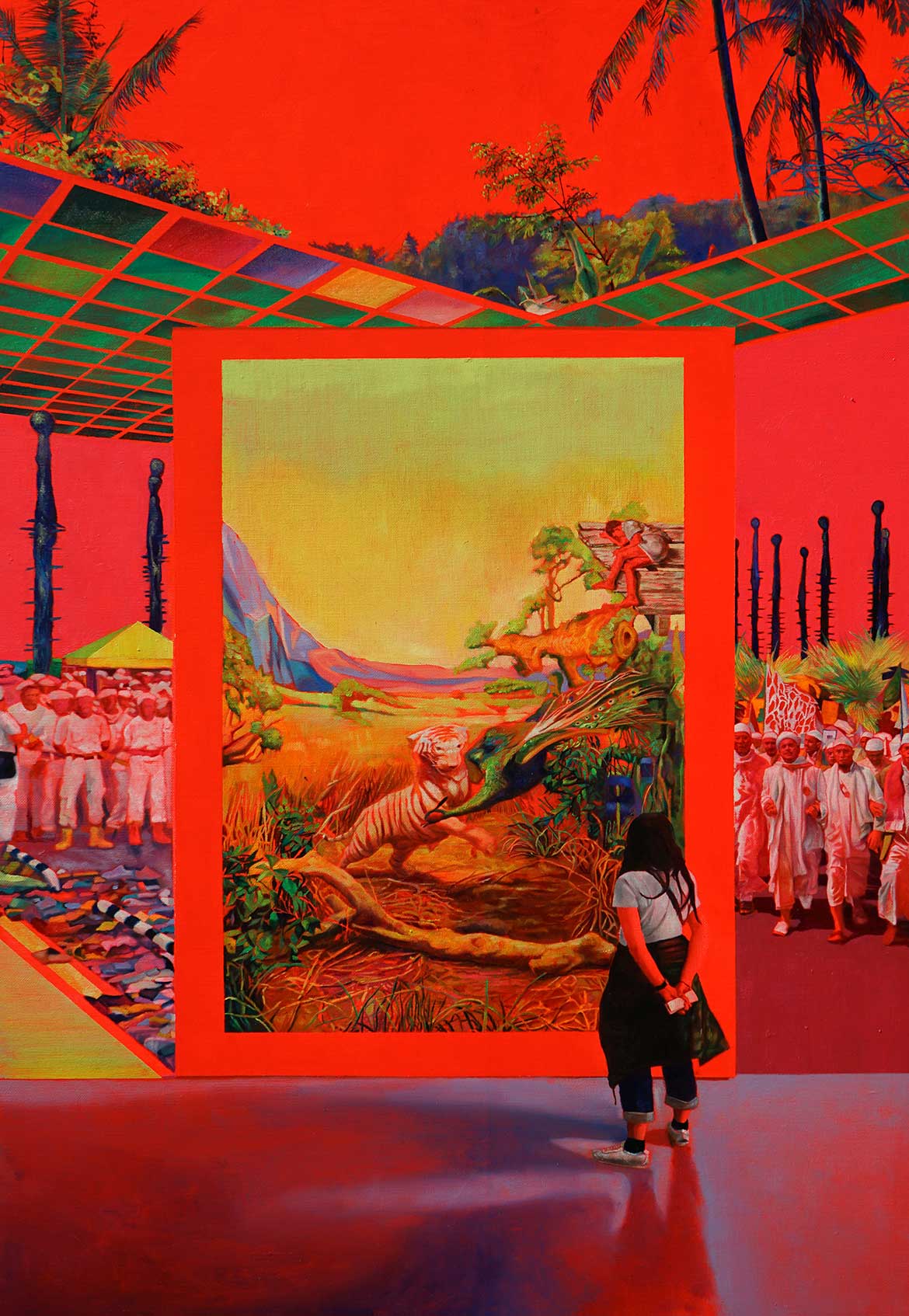
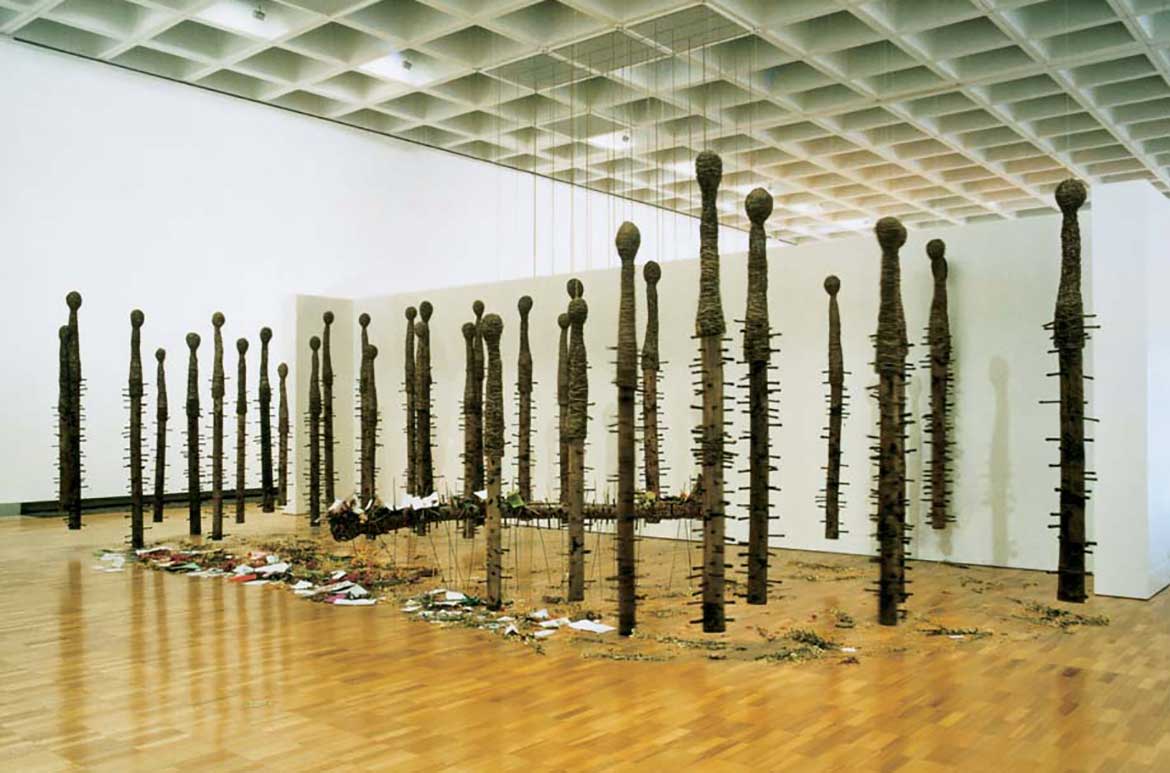
That first APT had a cultural insistence and an unmistakable urgency – it was a courageous commingling of optimism and real-world pragmatism. It is impossible to forget the all-but-shamanistic performance of Indonesian artist Dadang Christanto on the opening weekend, and the upwelling of poesy and generosity it unleashed from the Brisbane public. It should come as no surprise that Dadang’s impact remains with us to this day, in a stilled homage given by Zico Albaiquni, a generation later. Similar qualities attached to Araya Rasdjarmrearnsook’s sombre performance for her late father, Roberto Villaneuva’s uncanny courtyard excavation, and Montien Boonma’s monument to his Buddhist faith. Today, another Thai artist, Pannaphan Yodmanee ruptures the legacy of Boonma’s spirit, and Htein Lin, from Myanmar, lays Buddhism bare. It is this sheer diversity of overlapping, intersecting and challenging of worldviews, and the new insights they bring, that energise each APT in turn. It is what inexorably links the first through to the next.
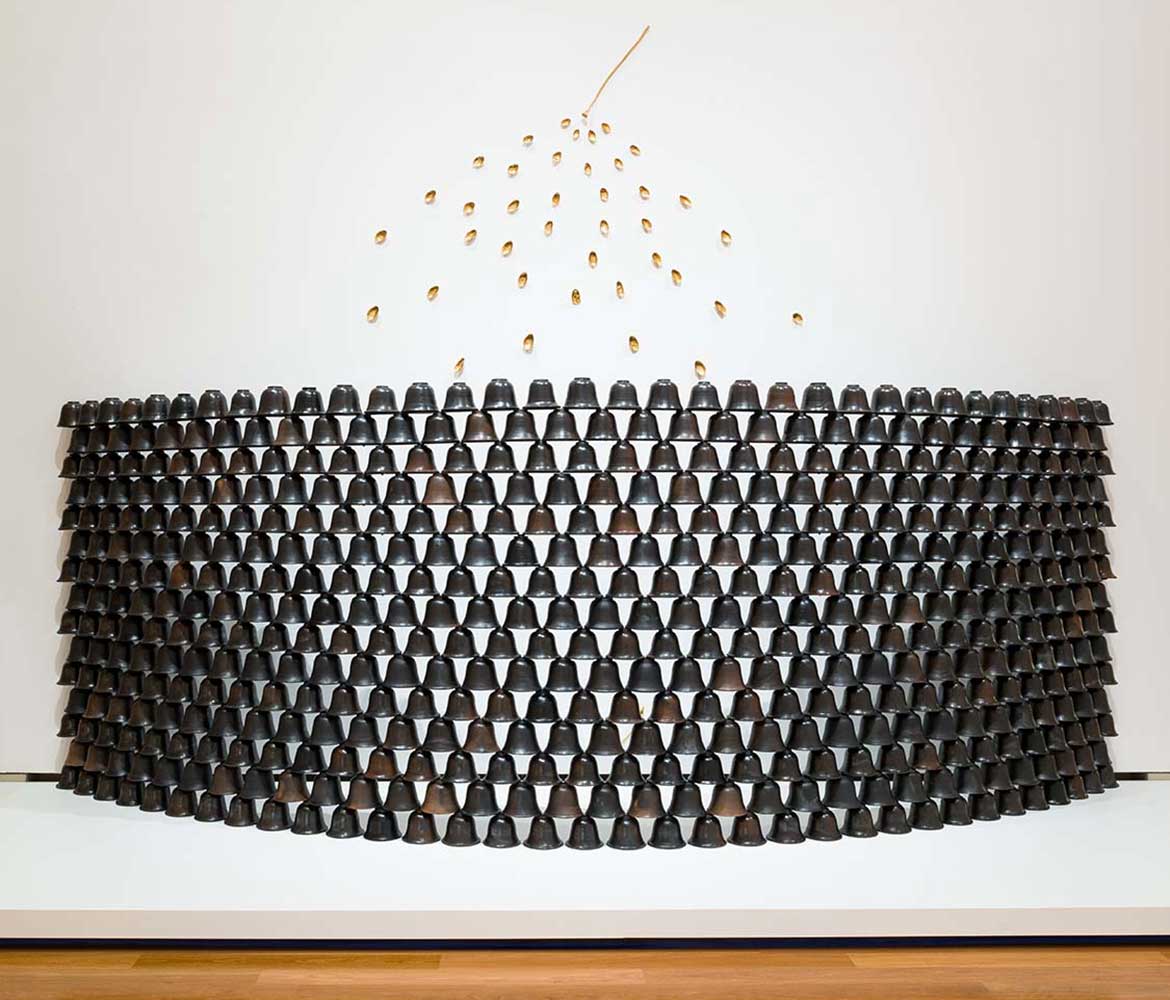

Works of art are freighted with meanings that accrue to them in their context of production. They carry elements of political, social and moral belief systems of individual artists, communities, countries and cultures. Think of Indigenous Australian artist Jonathan Jones’s poetic response to the murmuration of birds on the wind, echoed in fleeting moments of Bangladeshi artist Munem Wasif’s becalmed tone poem to Old Dhaka. In the context of Australia’s socio-political orthodoxy, there is also the question of how to exhibit work that, were it shown at home, could be read as an incitement to political dissent or disobedience, and thus be grounds for censorship, the exile or imprisonment of the artist, or worse. That problem remains alive for the Asia Pacific Triennial to this very day, and is one with which we continue to struggle.
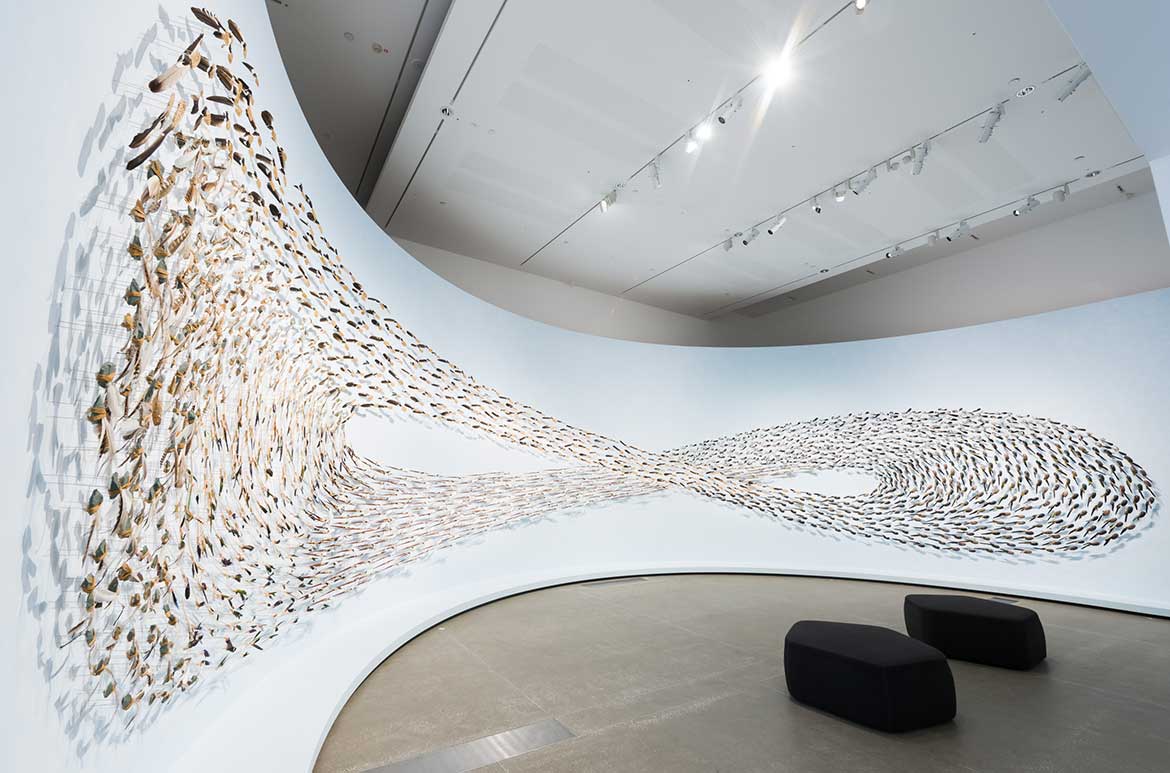
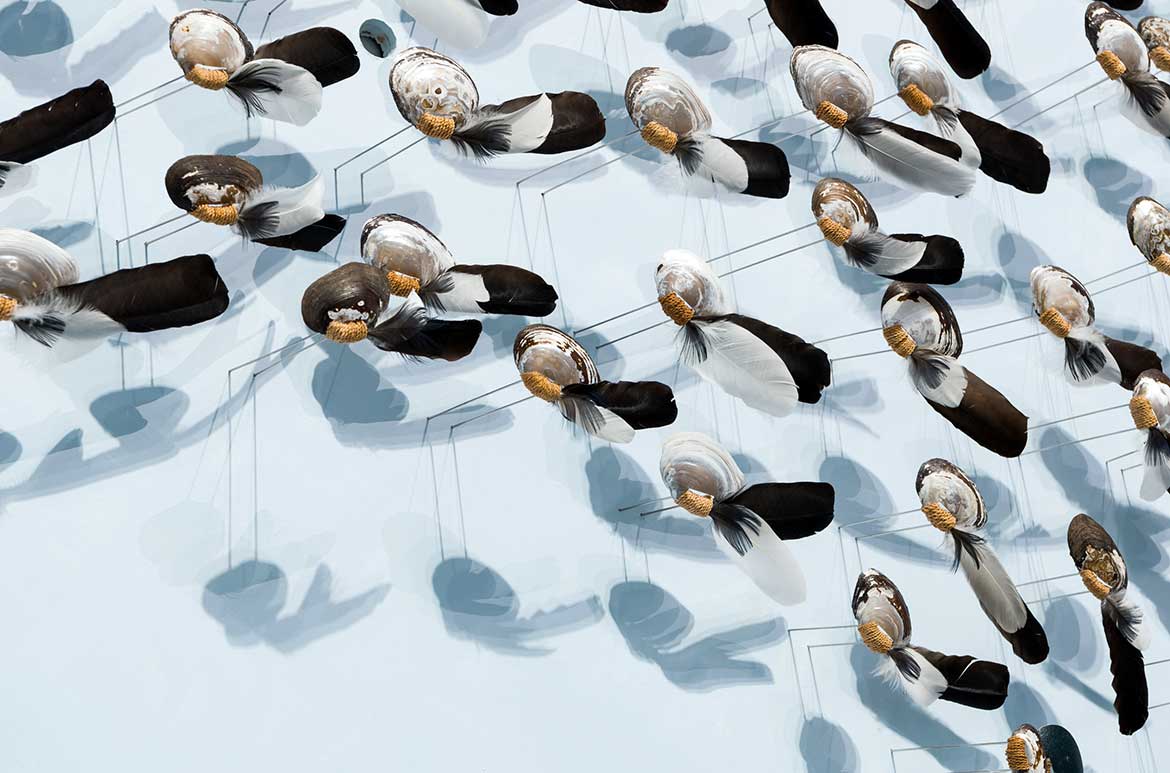
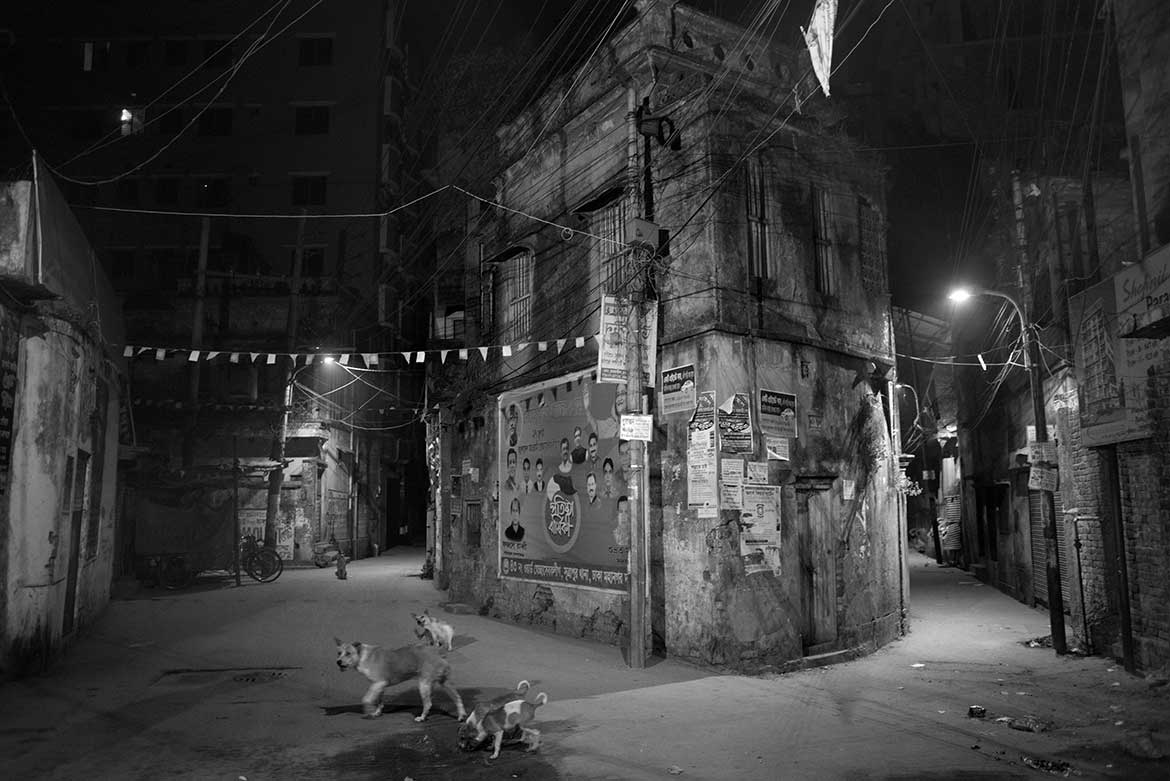
Moreover, in 1993, when the drawing together of Asia and the Pacific with Australia was ground-breaking and contentious enough on its own, the inclusion of the term ‘contemporary’ was similarly loaded. Four years earlier, in 1989, when Jean-Hubert Martin’s Magiciens de la Terre opened at the Pompidou in Paris, it created a fissure in the art world with its even-handed embrace of Western and non-Western work. It was a powerful curatorial response to a question begged by William Rubin’s ‘Primitivism’ in 20th Century Art, at MoMA in New York in 1984. Martin was arguing for a global art in which we might consider tribal practices from the Pacific and Africa as something more than sources of inspiration for the Modern avant-garde of the Euro-Americentric world.
Today, the region looks very different to the one that APT1 assayed in 1993, as Paul Keating’s Australia sought to project itself into the region, rather than overlooking it on the way to Europe or the United States. The geopolitical plates have moved radically and multiple times since, most recently with the retreat of the United States from the region and China’s rampant advance, leaving Australia on the horns of a dilemma. The countries of the Pacific – many of them small and vulnerable archipelagos of islands that have to deal first with rising sea levels – have found the geo-political spotlight like never before. Foreign infrastructure investment ‘loans’ and aid dollars have never been more tightly interwoven with economic, political and military reach. Nationalism has risen triumphant over globalism, at least for the time being, which provides cover for a troubling increase in authoritarianism.
In this climate, how should the APT continue to host the work of artists who raise their voices against these forces – the non-elemental ones? The right response is to continue to provide an open and safe platform for art and artists to flourish by widening the audience for this discourse.
Chris Saines CNZM is Director, QAGOMA. This is an edited version of Chris Saines’s welcome address to the APT9 Symposium at QAGOMA, Monday 26 November 2018.
Visit APT9
Free, and curated for audiences of all ages, ‘The 9th Asia Pacific Triennial of Contemporary Art’ (APT9) profiles artworks by more than 80 artists, groups and projects from over 30 countries, and is presented across the Queensland Art Gallery and the Gallery of Modern Art until 28 April 2019.
APT9 publication
Read more in The 9th Asia Pacific Triennial of Contemporary Art available online or in store. The publication represents an important and lasting document of the current artistic landscape of Asia and the Pacific.
Read more on APT9 / Subscribe to QAGOMA YouTube to go behind-the-scenes / Hear artists tell their stories / Read about your Collection
Feature image detail: Zico Albaiquni The Imbroglio Tropical Paradise 2018
#APT9 #QAGOMA
